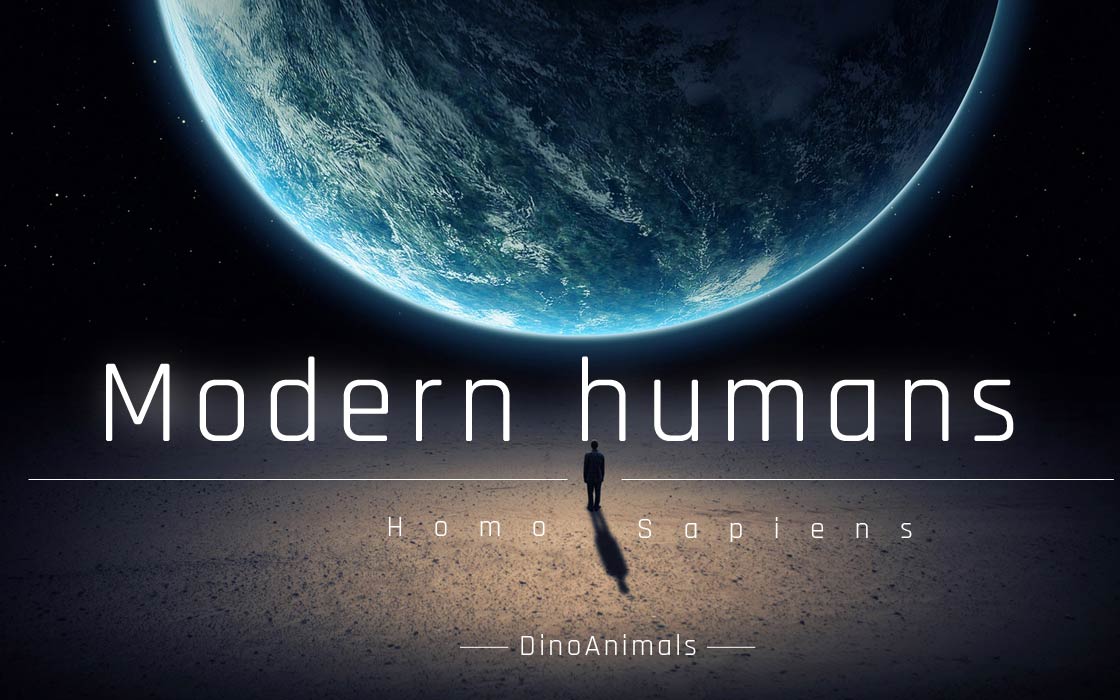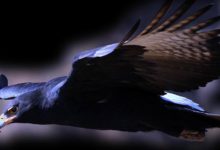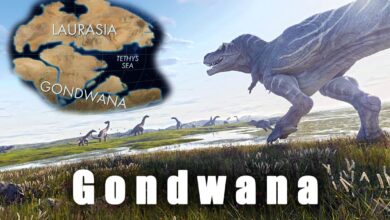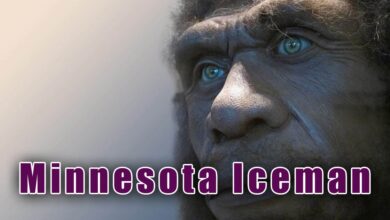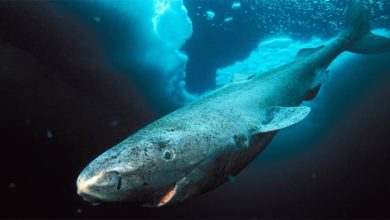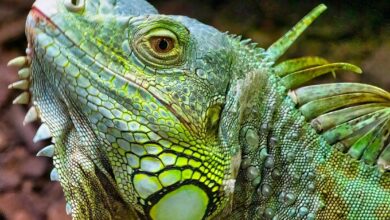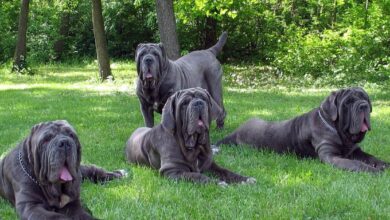Humans (Homo sapiens)
Possessor of both destructive power and wonderful life-facilitating talents. Genius and fool, predator and prey. Angel and devil. The human is a combination of good and evil, though the latter is more noticeable.
We are capable of abstract thought; we have created the concepts of number, digit, and ideal geometric figures. We have logical minds, yet we make countless errors. We need many years to become independent individuals. We require immense energy investment from our parents to grow in harmony. Despite this, in adulthood, we have many mental and emotional problems. And yet, from a biological point of view, we are apex predators, having no natural enemies… except ourselves.
There is no more complicated and convoluted being on Earth. Hundreds of books are written about our behaviors, needs, and habits. The article below is just a drop in the ocean. However, we hope that this modest contribution to describing humanity will help to understand the actions of ourselves and our fellow humans, at least a little.
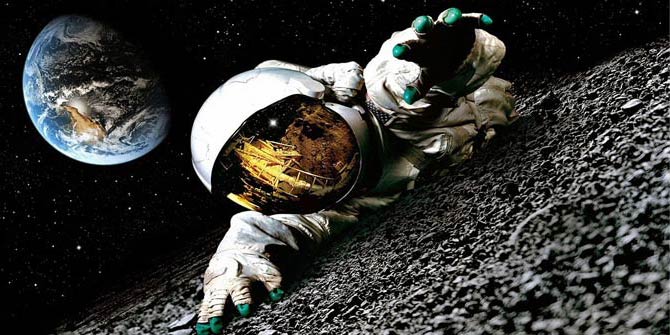
Classifications
- Kingdom: Animalia
- Phylum: Chordata
- Class: Mammalia
- Order: Primates
- Suborder: Haplorhini
- Family: Hominidae
- Subfamily: Homininae
- Tribe: Hominini
- Genus: Homo
- Species: Homo sapiens
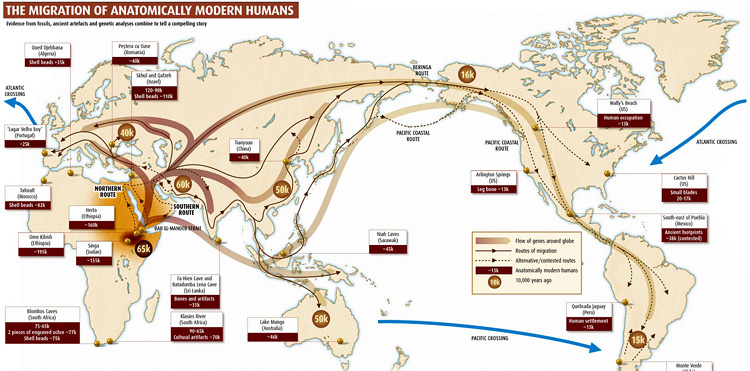
Evolution and Expansion
The direct ancestors of the human (Homo sapiens) evolved in Africa approximately 1-2 million years ago, separating from the chimpanzee lineage. Homo sapiens appeared around 200,000 years ago. Recent discoveries, which we wrote about in the article on human evolution, question these findings. Homo sapiens began migrating to Eurasia 125,000-60,000 years ago and appeared in Australia slightly later – around 40,000 years ago. They reached the American continent and the most distant islands (including Hawaii, Madagascar, New Zealand) about 15,000 years ago.
However, most people remained on the Black Continent, adapting to the environment. The group migrating to Europe was not very numerous (estimated to contain only a few hundred individuals). From there, as a result of hybridization (interbreeding with indigenous hominins), they spread to Asia, Oceania, and the Americas.
Typically human behaviors and needs (Behavioral modernity) likely appeared during the Upper Paleolithic period, i.e., 50,000-10,000 years ago. These behaviors include speech (language), music, and so-called cultural universals (elements present in every known culture).
It is unknown what the relationships between Homo sapiens and other hominin species (e.g., Neanderthals or Denisovans) were like. Perhaps they began to interbreed, creating genetic foundations for us. These are by no means baseless assumptions. In March 2016, research results suggested that early Homo sapiens might have engaged in sexual relations with the aforementioned hominins. Therefore, one can venture to say that we are hybrids. It also cannot be ruled out that the success of Homo sapiens resulted from the displacement of other Homo species.

Distribution
Initially, people established their settlements near water. Their lifestyle depended on natural resources: food, soil quality, etc. Over time, our engineering minds revealed themselves. We began to create, build, alter, and connect. Thus, irrigation systems, transport, production, trade, and urban planning emerged. All of this was to facilitate our lives and become more independent of weather and other environmental conditions.
Transformation began: deforestation aimed at increasing human living space. Today, after centuries of transformations, we inhabit almost all regions of the world, from the North Pole to the Sahara. We no longer have to reside close to resources; the resources come to us.
Despite extraordinary adaptive abilities, the human population is not evenly distributed. There are places we cannot physically conquer (although we can explore them to some extent): Antarctica, the underwater world, outer space.

Human structure
Paraphrasing the words of Benedykt Chmielowski – everyone sees what a human is like. Despite this, we will try to be less concise and jot down a few words about the appearance of modern humans.
Our bodies, from a purely anatomical perspective, are built from the same elements as the bodies of other mammals. To simplify – their paws are our hands, their muzzles are our faces.
A human consists of two legs, two arms, a torso, neck, and head. It possesses several systems, including:
- circulatory system (cardiovascular, vascular system)
- nervous system
- endocrine system
- reproductive system
- fascial system
- lymphatic system
- musculoskeletal system (locomotor system)
- respiratory system
- urogenital system
- digestive system (alimentary system)
- immune system
- integumentary system
Humans do not possess a tail (at least not visibly externally), move bipedally, and have an opposable thumb. Within the species, there is distinct sexual dimorphism – women are usually smaller than men, although there are exceptions. Furthermore, we are among the most efficient (though not the fastest) runners and wanderers. We like to move and explore (whether it concerns caves, the streets of large cities, or websites). Moving quickly does not kill us because we have a very thin layer of hair and sweat glands which function as a cooling system.
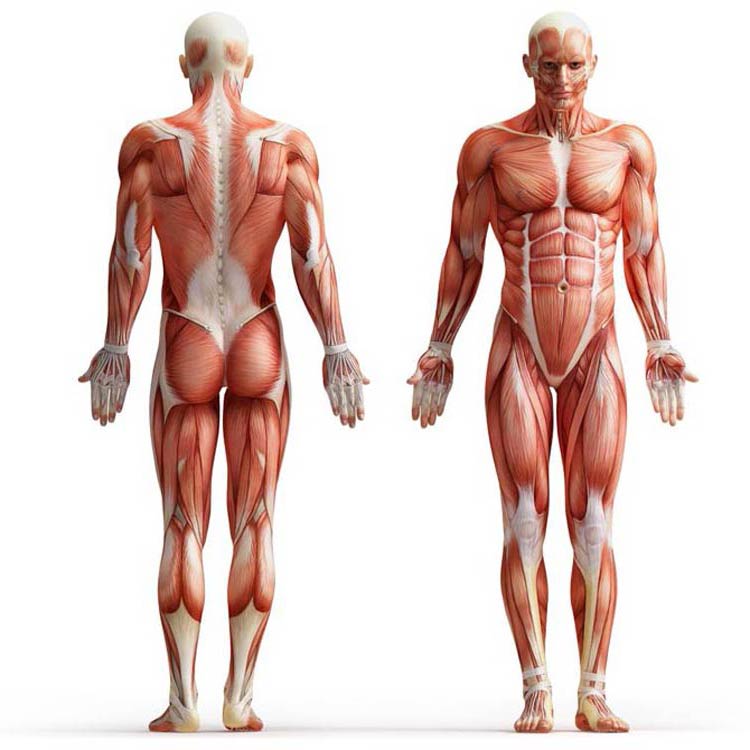
Difficult Childbirth
Bipedalism is a great advantage, but it had to be paid for with changes in the structure of the pelvis. Thus, women have narrower birth canals than quadrupedal females. Human childbirth is therefore more difficult, and the risk of complications is further increased by the fact that newborns have large heads (compared to ape newborns).
Homo sapiens is therefore probably the only species whose females require assistance during parturition.

Diet
We are omnivores. We can eat meat, plants, and fungi. Thanks to this, we easily adapt to existing environmental conditions. For this reason, each culture also has a distinct range of foods.
When visiting a foreign country, we can get to know it better by trying the local cuisine.
The food eaten depends on religious beliefs and worldview. Within the species, we therefore encounter carnivores, vegans, and vegetarians. Our biological bodies are adapted to many dietary patterns, although the primary one is geared towards omnivory. We can eat food raw (even meat, e.g., traditional sushi or steak tartare), cooked, fried, smoked. There are many techniques for preparing food.
A human can survive without food for 2-8 weeks (depending on body fat reserves), provided they have access to water. Without water, they can usually survive for 4 days. However, a common problem for the human species is the lack of access to drinking water – every year around 30 million people die from hunger and thirst.
As the only mammals, we consume milk and dairy products in adulthood. Through evolution, our bodies have learned to digest lactose, although today it is common to encounter people who nevertheless cannot digest this chemical compound.
In areas of abundance, on the other hand, the problem of obesity and hyperconsumption, meaning an oversupply of resources, is becoming increasingly widespread. As can be seen, access to basic natural resources is uneven…
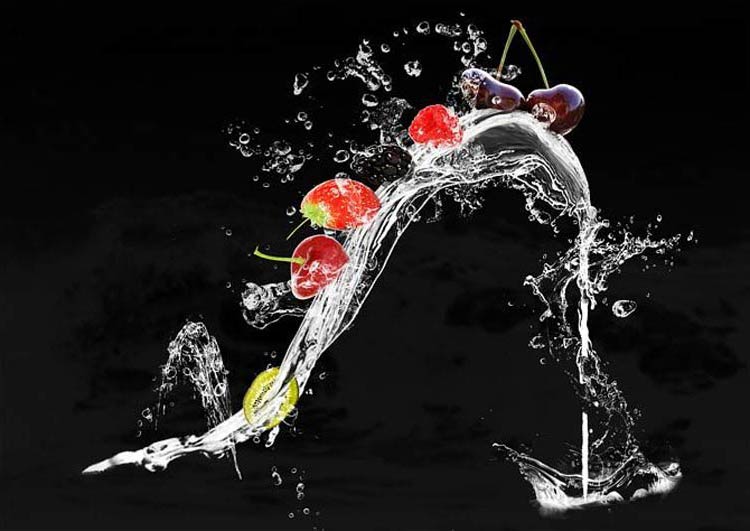
Behavior
Human actions are motivated by emotions, primarily positive ones: satisfaction and pleasure. Satisfaction is achieved through creativity and expressing one’s “self.” However, imposed social norms can limit an individual’s creative needs; they fear exclusion.
Every human, however, has needs they wish to fulfill. There are numerous ways to fulfill them, and thus achieve satisfaction and pleasure. These include healthy behaviors: artistic creativity, social activity, pursuing passions; and harmful ones: violence, self-harm, coercion, blackmail, creating artificial needs, manipulation, fanaticism, ostracism.
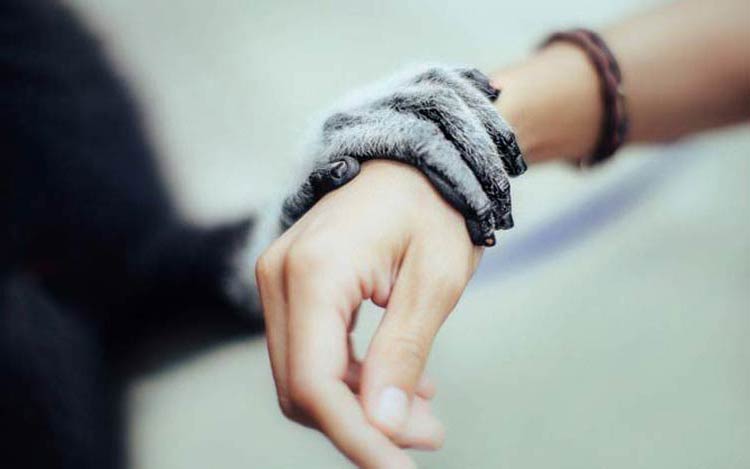
Happiness
Happiness is both an emotional state and a spiritual-philosophical aspect. There is no ultimate definition of happiness; it means something different for each person. However, the common denominator of happiness is good mental and physical condition, a sense of inner peace, and the belief that our life has meaning and is an important element of a larger whole, which is society, Earth, and further – the Universe (sometimes called God or the Absolute). To feel happy, one must also feel free.
Over the centuries, a multitude of philosophical theories have emerged on what happiness, freedom, and meaning are.
The greatest human desire is to feel happiness.

Depression
Lack of faith, lack of a sense of meaning, and lack of happiness lead to the onset of depression – a disorder that is today almost universally present in the populations of developed and developing countries.
Depression is a common and serious illness that negatively affects how you feel, how you think, and how you act. Fortunately, it is also treatable. Depression causes feelings of sadness and/or a loss of interest in activities you once enjoyed. It can lead to a variety of emotional and physical problems and decrease a person’s ability to function at work and at home.
As our species name indicates – the rational human (Homo sapiens) uses reason to comprehend the world and live in harmony with it. Human reason is therefore a perfect tool for self-knowledge and understanding the environment.

Sleep and Dreaming
Humans typically lead a diurnal lifestyle. However, some are more active after dark, while others are active at dawn. There is even a division into “owls” and “larks.”
To regenerate the body, we need 6-9 hours of sleep per day (infants sleep up to 10 hours per day, while older people sleep only 7 hours). During sleep, we experience dreams. They appear during the REM phase (so-called paradoxical sleep). The REM phase is followed by the NREM phase. The period of paradoxical sleep repeats every 90 minutes on average. Those interested in the sleep of our fellow beings are invited to read the article – Sleep of Animals.
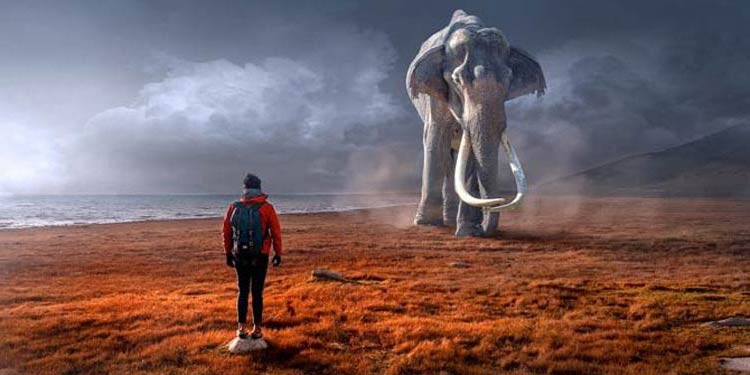
Sexuality and Relationships
As with other creatures, sexual contact between humans serves the purpose of conception, and thus the survival of the species. However, typical animal drive is not the only goal of human sexuality. Relationships of this type also aim at creating an intimate emotional bond. Sex thus fulfills an important social function; it fosters the creation of romantic-love relationships.
Sexual relations contribute to the state of falling in love. The need for physical closeness is marked by desire, but it should not be confused with a deep love relationship. Sex can therefore be a complement to love, but it can also be treated as a form of entertainment, relaxation, or reward. In this regard, we have quite a bit in common with bonobo chimpanzees.
The functions that sex fulfills (or should fulfill) are often dependent on the cultural sphere.
It is commonly stated that humans are monogamous beings. However, this is a highly debatable issue. Nowadays, there is increasingly loud discussion, for example, about polyamory (the practice or desire for multiple romantic relationships at the same time with the full knowledge of all involved individuals).
Only humans solemnize a relationship with another person through the ritual called marriage. This phenomenon occurs among both primitive tribes and highly civilized societies. They differ only in form, although the meaning (purpose) is the same (or similar).
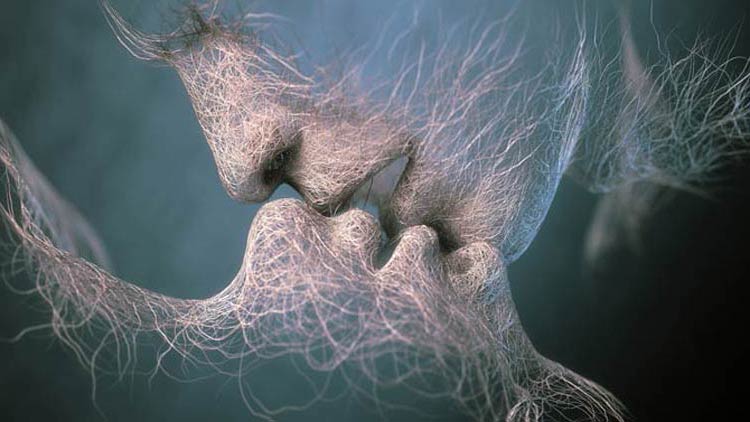
Detailed Data / Dimensions
Human (Homo sapiens)
- Average height:
- men 172 cm (5 feet 7.7 inches)
- women 158 cm (5 feet 2.2 inches)
- depending on ethnic group and sex 140-190 cm (4 feet 7.1 inches – 6 feet 2.8 inches)
- Average weight:
- men 76-83 kg (167.5-183.0 pounds)
- women 54-64 kg (119.0-141.1 pounds)
- Average lifespan:
- men 70.8 years
- women 76 years
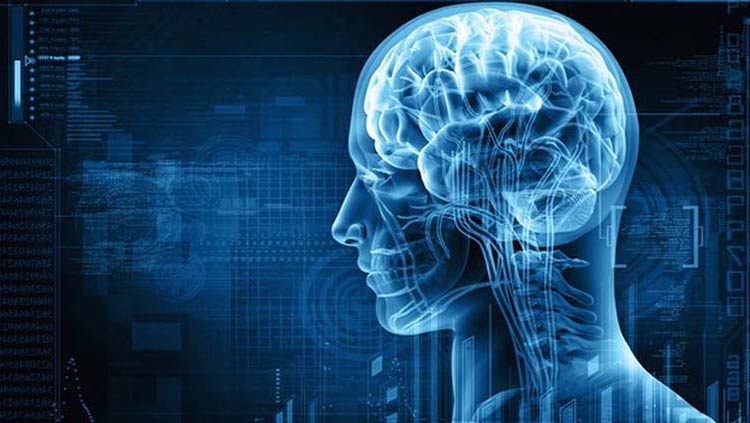
Human – Interesting Facts
- Every human has a unique genetic code. Even identical twins are not identical in this regard.
- Despite the above statement, the genetic similarity of two completely unrelated people is 99.9%. The genetic diversity of chimpanzees is 2-3 times greater than ours.
- The total human population today (early 2018) is 7.6 billion.
- The majority of people – 61% – live in Asia. About 11% reside in Europe, which is less than in Africa (14%) but more than in Oceania (0.5%).
- The body of an adult human consists of approx. 28 (women) to 36 (men) trillion (1012) cells.
- A human is composed of 7 octillion (7×1027) atoms.
- When a person dies, the first sense they lose is sight; the last is hearing.
- The heart muscle is the strongest in the human body. A human heart is so strong it could pump blood 9 meters (about 30 feet) upwards.
- The human heart beats an average of 3 billion times throughout a lifetime, pumping approximately 180,000,000 liters (about 48 million US gallons) of blood during this time.
- The brain consumes 20-25% of the oxygen that enters the bloodstream.
- Humans are among the few species that recognize themselves in a mirror. This indicates so-called self-awareness, which appears around the 18th month of life.
- Women experience so-called menopause – at around 50 years of age, they become infertile. The situation is similar for female rhesus macaques (Macaca mulatta) – they undergo a process resembling menopause.

Podcast: Modern humans (Homo sapiens)
Listen to a podcast on human evolution and expansion, structure, diet, behavior, happiness, depression, dreams and dreaming.

Recommended
- Number of neurons
- Charles Darwin
- Dian Fossey
- Jim Corbett
- Jane Goodall
- Human brain evolution
- Evolution theory
- Man a Social Being
- Why did humans lose their hair
- Sexual dimorphism
- Vitamins

